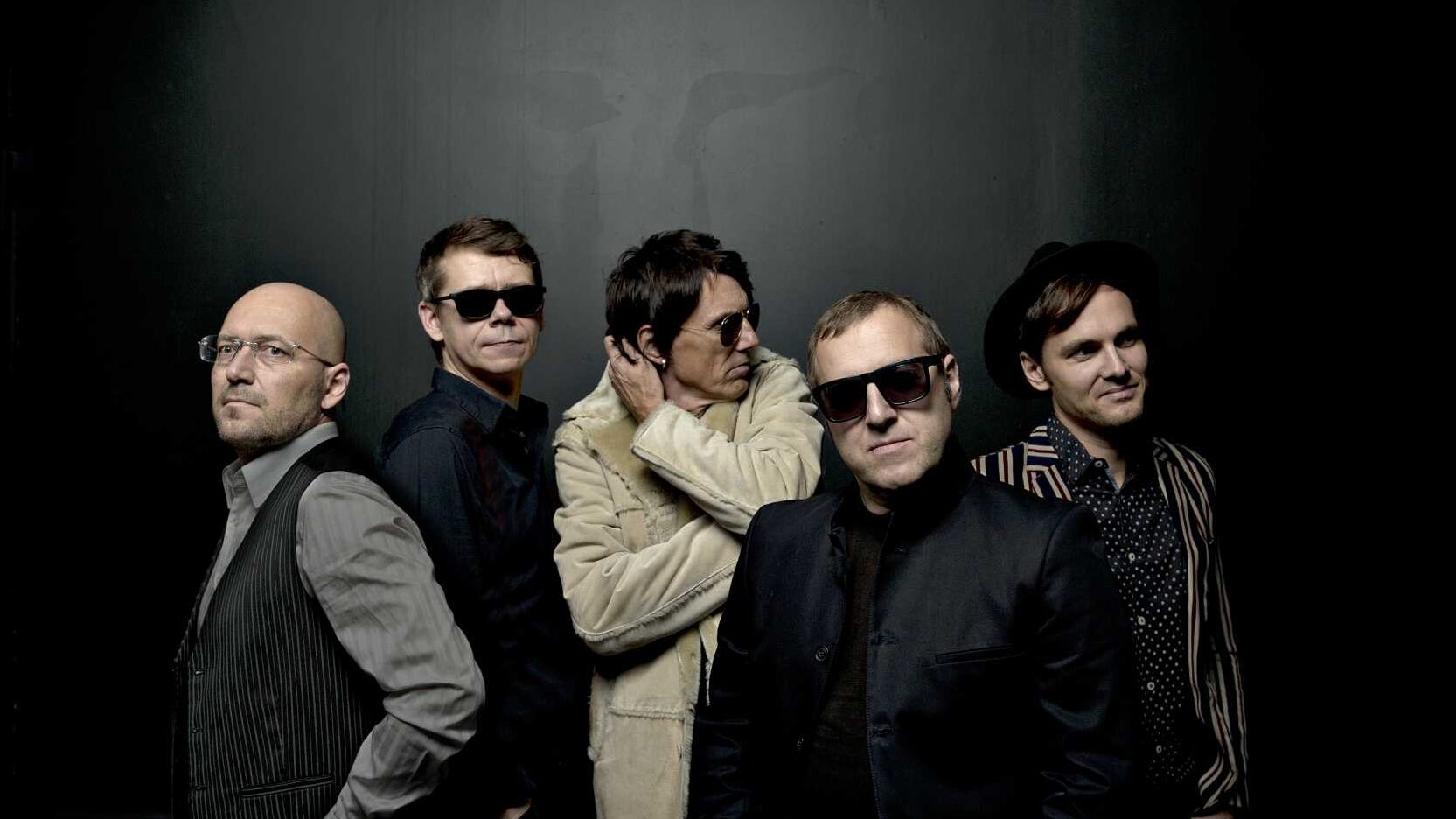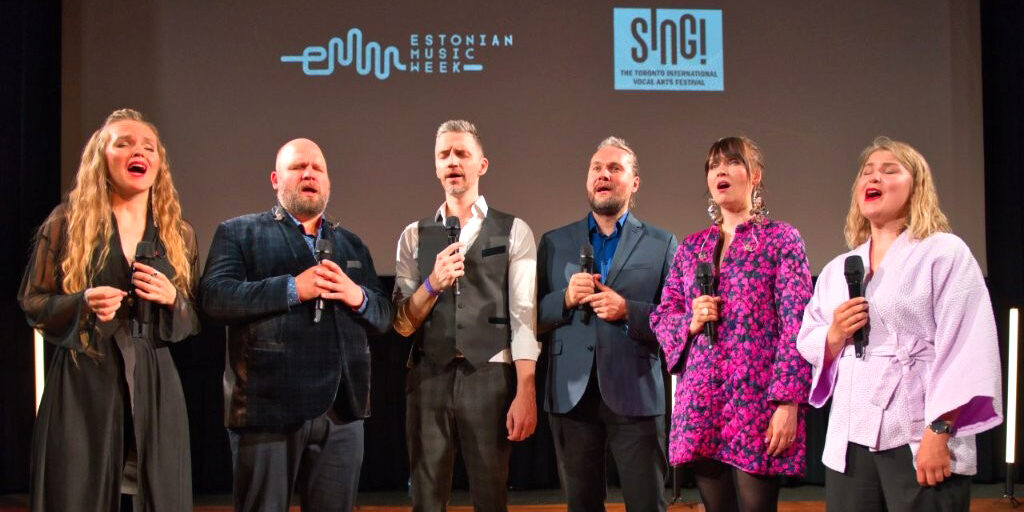Sure, when limited to physical formats of music, one had to put up with whatever was around in the car, even if you'd already played it a million times. And currently, it's not even necessary to pre-download music. If you have data, you can access practically all music ever recorded through streaming services.
However, not everything out there works as music on the go. Classical is lovely at home in a quiet room. On the highway or on the subway, it's vexing. Big changes in dynamics can't be fully appreciated over vehicular noise, even with noise cancelling headphones on. The same can be said for jazz. Depending on which branch or era of it you listen to, the top line of songs may meander a lot. We don't get the same mental reward of a melody with firm boundaries, or a chorus that strikes back again and again.
For that reward, we need to sit ourselves down with pop, electronic, soul, country, blues, and dare I say it, rock. Gene Simmons from Kiss insists that rock is dead. Nevertheless, we can hear the recipe for rock's success in the Estonian band Smilers, starting with their 2021 song “Tee mis sa tahad.”
Immediately, the palm muted rhythm guitar enters with lead singer Hendrik Sal-Saller's distinctive drawl. He's economical with the lyrics he writes, retaining expressiveness while not crowding the verses needlessly. 18 seconds in, the drummer keeps time by tapping a drum rim and making full hits on beats two and four. 35 seconds in, the gain of the guitars increases, turning on the engine of the eight measure chorus. 32 beats, 45 syllables, and a melody that gets you hooked for the next time it comes around. This song always delivers right on time.
In another song of theirs, the funny, observational tune “Veregrupp on Viru Valge,” the next superpower of rock shines. That is, the use of razor sharp vocals. It's different from English language rock singers like Tina Turner or Robert Plant. What's consistent, though, is how the tone of these kinds of rock singers can't be replicated or emulated by other instruments. Smilers' singer contorts Estonian vowels into outlandish shapes that we can't ignore.
What's more, the success of rock and roll is tied to moving with youth culture. The members of Smilers may be older, but they know how to carry relatable themes, like in the song “Hipisuvi” from 2017. Sal-Saller sings about breaking away from Wi-Fi and 4G to enjoy some lazy time on the beach. They also make reference to a Microbus from 1969, a seemingly eternal youth symbol (the coming-of-age Netflix series Outer Banks is confirmation of this).
Yet, for all the power rock has, and for all the attention it receives in our documentation of modern music, it has fallen behind pop, hip hop, and electronic music. The same recipe won't appeal to everyone's tastes. What gets one listener to headbang is linear and boring to another.
Rock has made room for other approaches to music: the irresistible groove of disco, the otherworldliness of electronic music, the clarity of hip hop, and so on. But the most popular genres since have always kept that beat going, like a heart, as well as that highly present, highly relatable voice.
This article was written by Vincent Teetsov as part of the Local Journalism Initiative.




